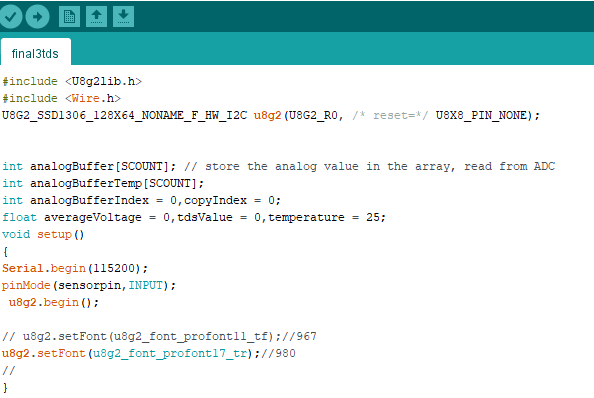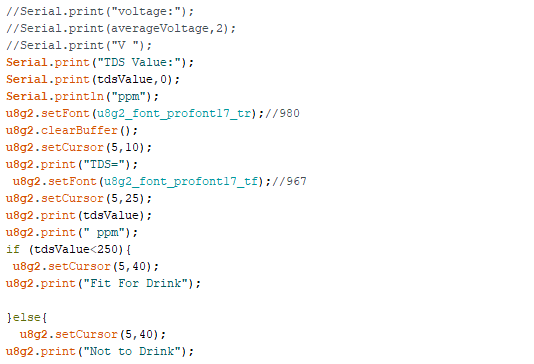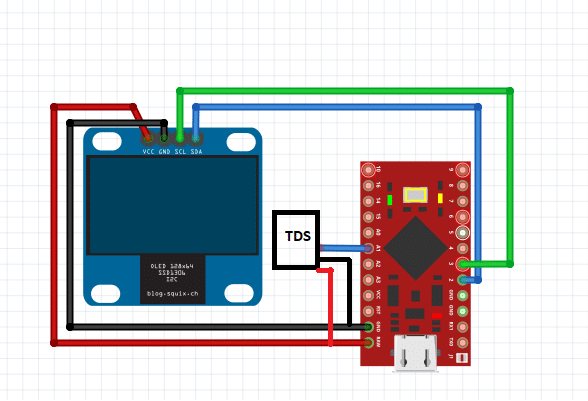 Total Dissolved Solids (TDS) is a measurement for detecting the potability of water. Both humans and aquatic creatures require a suitable level of water content to survive. TDS value > 1000 ppm indicates an excess of dissolved solids (high) while a TDS value < 50 -250 ppm indicates a lack of essential minerals (low) – both values are unsuitable for water. For safe drinking water, the TDS level should be between 300 – 500ppm, that is, perfectly balanced (neither too high nor too low). That is why the TDS level of water needs to be constantly maintained.
Total Dissolved Solids (TDS) is a measurement for detecting the potability of water. Both humans and aquatic creatures require a suitable level of water content to survive. TDS value > 1000 ppm indicates an excess of dissolved solids (high) while a TDS value < 50 -250 ppm indicates a lack of essential minerals (low) – both values are unsuitable for water. For safe drinking water, the TDS level should be between 300 – 500ppm, that is, perfectly balanced (neither too high nor too low). That is why the TDS level of water needs to be constantly maintained.
So, in this project you will learn how to make a portable TDS meter that checks the TDS level of water in real-time, enabling us to maintain the right pH level of water.
Bill of Material

TDS Meter – Arduino Code
Most TDS meters have an analog pin that reads the analog value and converts it into TDS reading in Parts Per Million (ppm). There are many TDS sensors for Arduino, which have different reference and analog out voltages. Here, I have used a sensor having an output between 0 V – 2.3 V for the measurement of the TDS value.
TDS meter manufacturing companies implement a code in their devices that contains a formula for converting the output (voltage) into ppm. You simply need to get that code, modify and include it in your code, which will allow you to update the TDS value of water on the OLED display in real time.
Next, install the U8g2 library for interfacing with the SSD 1306 display.


Arduino TDS Meter – Circuit Diagram

DIY TDS Meter – Final Prototype
Put the sensor in water samples from lakes, ponds, taps, and RO filters to monitor and test the TDS in real time.











